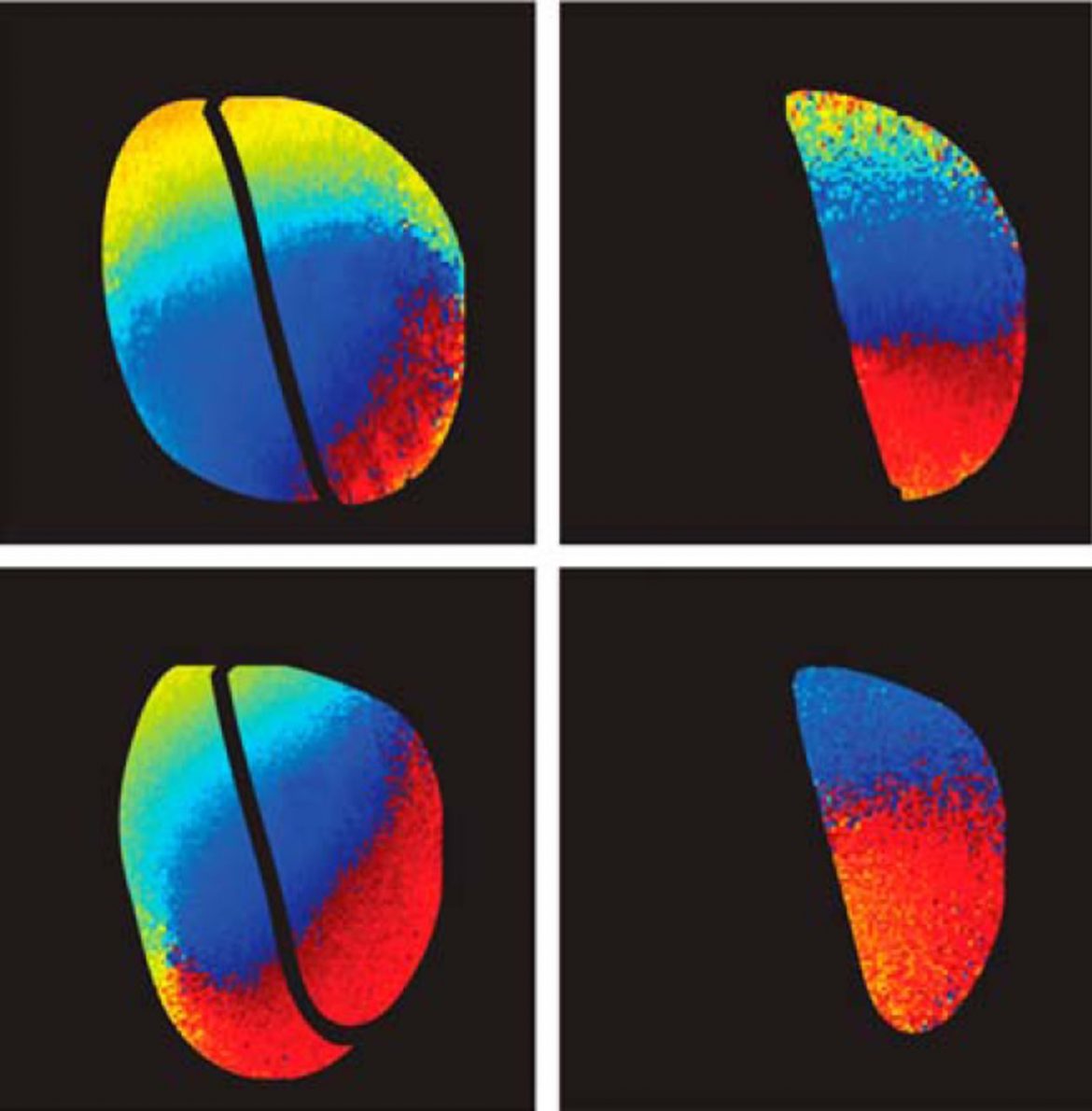Monocular deprivation (MD) experiments have proven invaluable for investigating the cellular and molecular underpinnings of experience-dependent plasticity. MD during the critical period first reduces V1 responsiveness to inputs from the deprived eye (after 3–4 d MD in mice), then increases responses to the non-deprived eye (after 5–7 d). The first phase is thought to depend on a Hebbian process involving NMDA receptors and internalization of AMPA receptors (AMPARs), whereas the second phase is thought to be a homeostatic process involving tumor necrosis factor α (TNFα). Nagakura et al. now provide evidence that insertion of AMPARs contributes to the homeostatic phase of ocular dominant plasticity. Additionally, they show that the transcription factor STAT1, which inhibits TNFα-mediated signaling, influences the timing of this phase. Knocking out STAT1 caused V1 responses to the non-deprived eye to increase after only 4 d MD. This was accompanied by a higher surface expression of AMPARs and a greater amplitude and frequency of EPSCs compared to wild-type mice exposed to 4 d MD.
